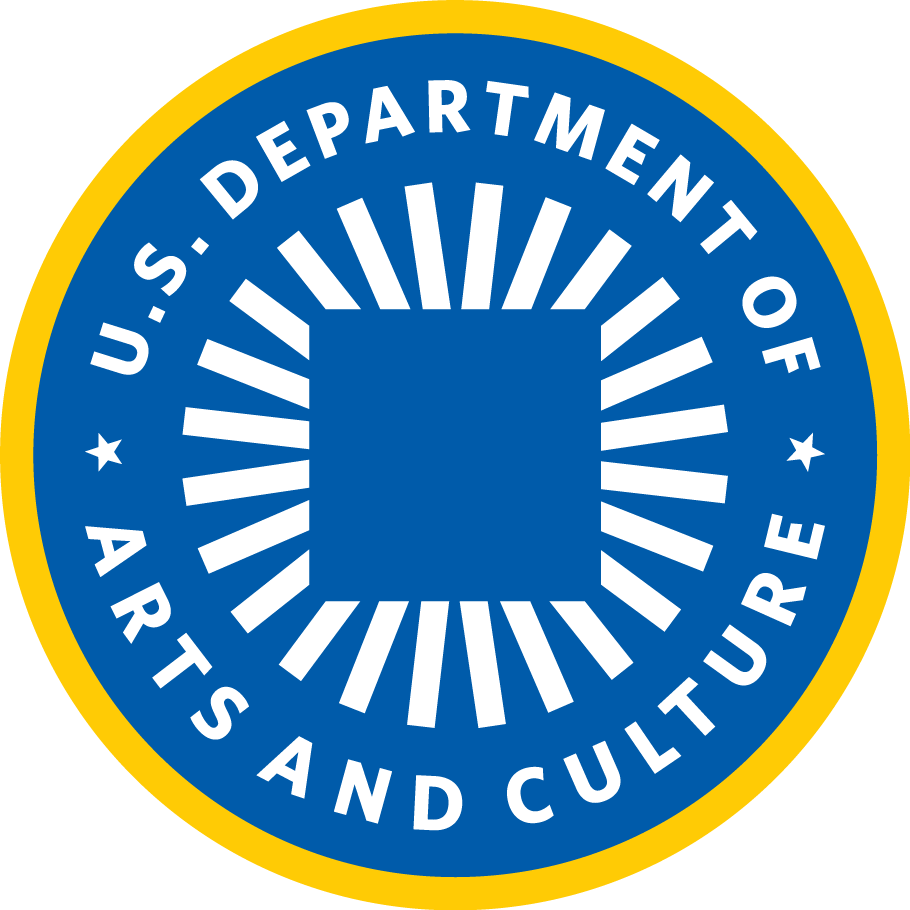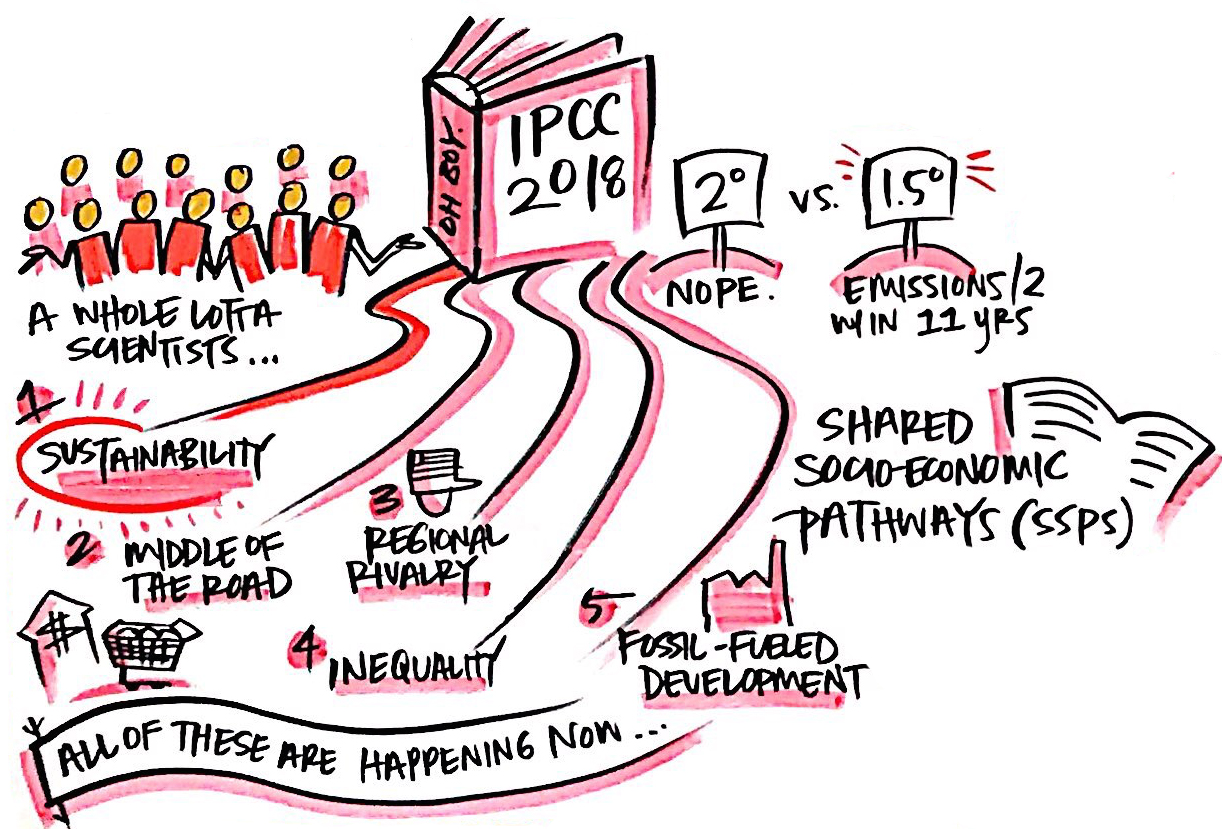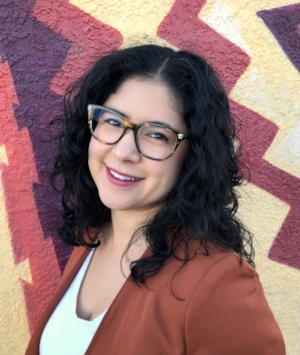I work at the Appalshop — originally short for “Appalachian Film Workshop.” We were founded in 1969, with funding from the federal War on Poverty and the American Film Institute, as a program to teach young people in the mountains to make films. A few years later, when the government money stopped, some of those young people took it over and re-founded it for themselves.
Ever since, it’s been a grass-roots multimedia arts center: a film producer, theater company, radio station, record label, news outlet, youth media training program, deep regional archive and sometimes book and magazine publisher. It’s put the means of cultural production in the hands of local people.
At the Appalshop, we work with stories. Stories are how we learn, how we make meaning out of our lives, how we understand who we are and what we can do, individually and together. The story of Appalachia, as told in so many reports from “Trump country,” tends to be pretty depressing: broken people, victims of poverty and unemployment and addiction, clinging desperately to a divisive and hateful politics as their last hope.
My phone call with Bill, like so many other moments I could describe, hints at a different kind of story. A story suggesting that even after Election Day, we might not be as divided as we think. That even those who feel like we “lost” the election could ultimately win, together. And that if what we’re doing works here — listening to each other, caring for each other, working with each other on common ground toward common goals — it might work in other places, too.
If what we’re doing works here — listening to each other, caring for each other, working with each other on common ground toward common goals — it might work in other places, too.
One thing that’s different about Appalshop, compared with a lot of nonprofits, is we don’t do “community engagement” or “community outreach.” We aren’t looking to “help” or “save” the community. We are part of the community, no less and no more. One day, several months into my job, my boss pulled me aside and told me to stop starting sentences with “I’m not from here, but….” “You are from here now,” he said.
Of course, not everyone else from here loves what we do. I hear the term “Appalhead” now and again; I’m told it was real big five years ago, at the height of the so-called “Obama War on Coal.” It’s easy to call out the misinformation behind the label. No, we’re not all from New York and San Francisco; more than half of us grew up here. No, we’re not marching in liberal lockstep; our staff meetings can involve heated political debate. And no, we don’t hate coal miners; but industry executives and their political allies would like folks to think we do.
Still, if I lost a well-paying job when a mine shut down, and I saw people who claimed to be from my community raising money to make a film about how awful strip mining was instead of doing something to try to help my family, I’d probably be resentful, too. That resentment, I think, is a lot of what this election was about. County by county, the electoral map of the whole country looked a lot like Kentucky. Urban went Clinton. Rural went Trump. Rural won.
For those of us who don’t like how the election turned out, we’re left with two choices. We can keep ignoring or ridiculing the resentment my neighbors feel, and calling them ignorant and otherwise illegitimate for the ways they think, talk and act. And we’ll keep getting the same results. Or we can listen and try to understand where they’re coming from, even when we don’t like it, and see what we can build together.
Because either way, in this election we learned that rural people have power. Whether we like it or not.
In this election we learned that rural people have power. Whether we like it or not.
The work I do is rooted in the Popular Front of the 1930s, when people came together across all kinds of differences to build power and fight against fascism. They understood power very simply, as organized people plus organized money. Since then, some organizers in this tradition have added a third term: organized ideas.
That’s the formula I use every day: Power = Organized People + Organized Money + Organized Ideas.
If we want to understand the power in rural America and how it can be organized differently, first we need to know — who’s got it? Who, exactly, has been doing the organizing?
The answer is, as usual: not us. The bigotry and violence of the Trump campaign wasn’t the product of our people, money or ideas. My neighbors may not be up on the latest social justice lingo, but they are not hateful.
No, the organizing took place far away. What we get, on both sides, are the bumper stickers, the prefab identities sold by the people with power to make us feel powerful — even as they use our power for their own benefit.




















































